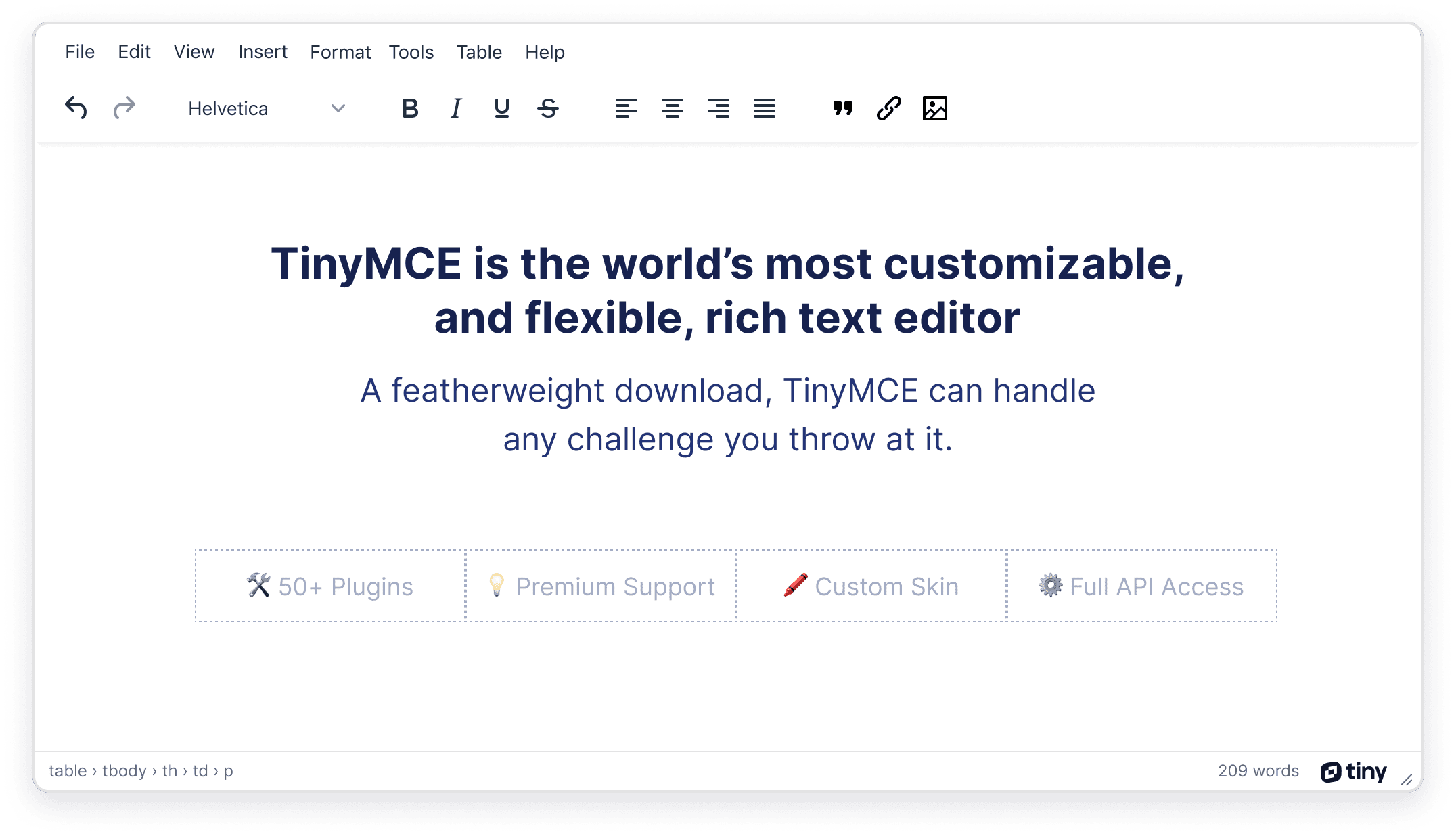
TinyMCE, the world’s most popular rich text editor, recently faced a security vulnerability, CVE-2023-48219, which could have allowed attackers to inject malicious scripts into web applications using TinyMCE. This vulnerability, discovered by security researcher Masato Kinugawa of Cure53, was rated as having a CVSS score of 6.1, indicating a medium severity level.

Understanding the Vulnerability: Mutation Cross-Site Scripting (mXSS)
The vulnerability, classified as a mutation cross-site scripting (mXSS) attack, stems from the improper handling of text nodes within specific parent elements during serialization. This serialization process occurs when TinyMCE converts rich text content into raw HTML format. If these text nodes contain special characters reserved as internal markers, they can be combined with other HTML patterns to form malicious snippets.
Security researcher Masato Kinugawa of Cure53 has been credited for discovering this vulnerability.
The Attack Vector and Potential Impact
These malicious snippets can bypass the initial sanitization layer when the content is parsed into the editor body. They can then trigger XSS attacks when the special internal marker is removed from the content and re-parsed. Such mutations occur when serialized HTML content is processed before being stored in the undo stack or when specific APIs and plugins are used:
Exploitation of this vulnerability could allow attackers to execute arbitrary JavaScript code within the context of affected web applications. This could lead to various malicious activities, including:
- Session hijacking and account takeover
- Stealing sensitive user information, such as passwords and credit card details
- Redirecting users to malicious websites
- Injecting malware into user devices
Mitigation and Prevention
Fortunately, TinyMCE has promptly addressed the CVE-2023-48219 vulnerability in TinyMCE 6.7.3 and TinyMCE 5.10.9. To mitigate the risk of exploitation, website owners and developers are strongly advised to upgrade to these latest versions or higher.
Additionally, the following preventive measures can be implemented:
- Implement strict content filtering and sanitization rules to prevent malicious scripts from being entered into TinyMCE instances.
- Employ input validation mechanisms to ensure that only valid and safe data is processed by TinyMCE.
- Regularly monitor security advisories and updates for TinyMCE and other third-party software components.